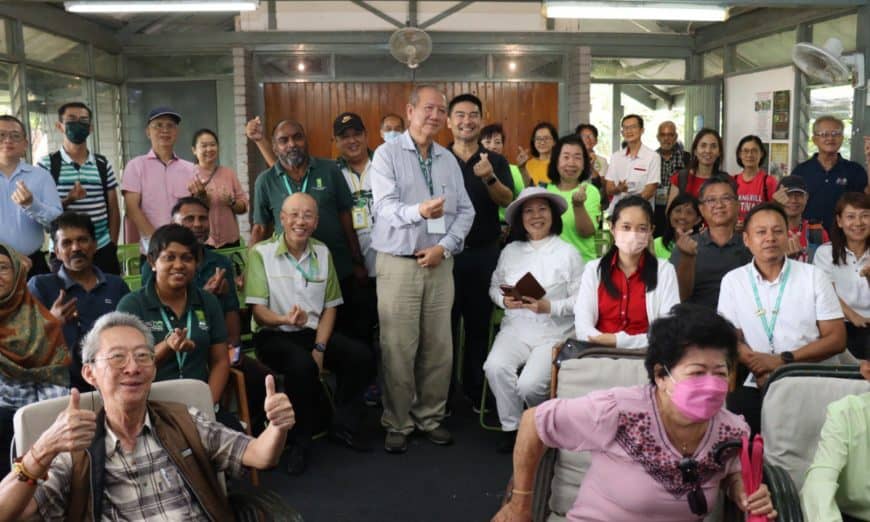A BANNER near the Dataran, atop Penang Hill, greets visitors with these words: “You have not been to Penang if you have not visited Penang Hill.”
Once a colonial retreat, the hill has been the crown jewel of tourism in Penang for decades.
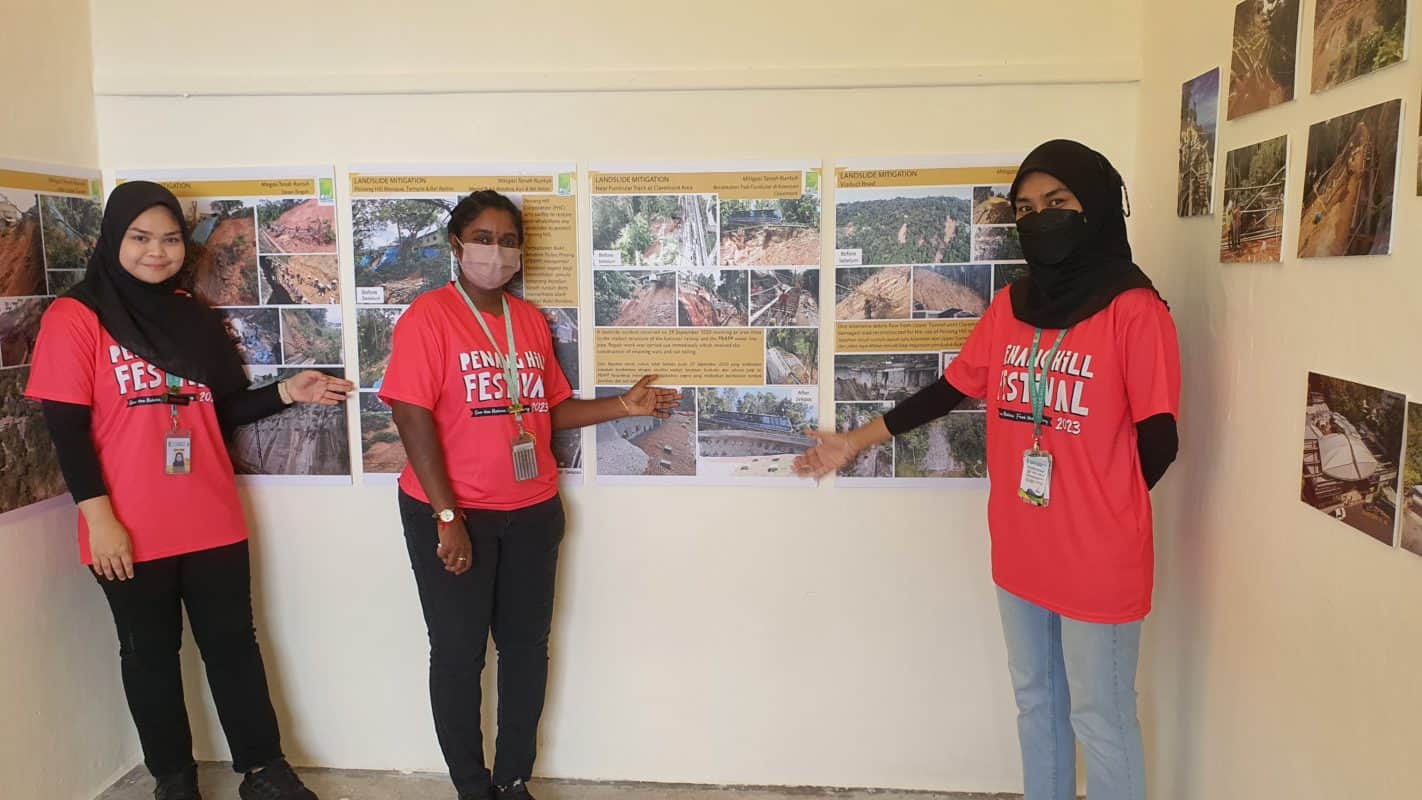
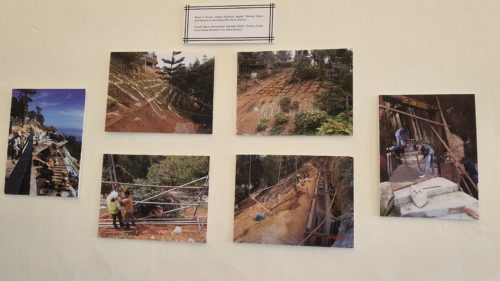
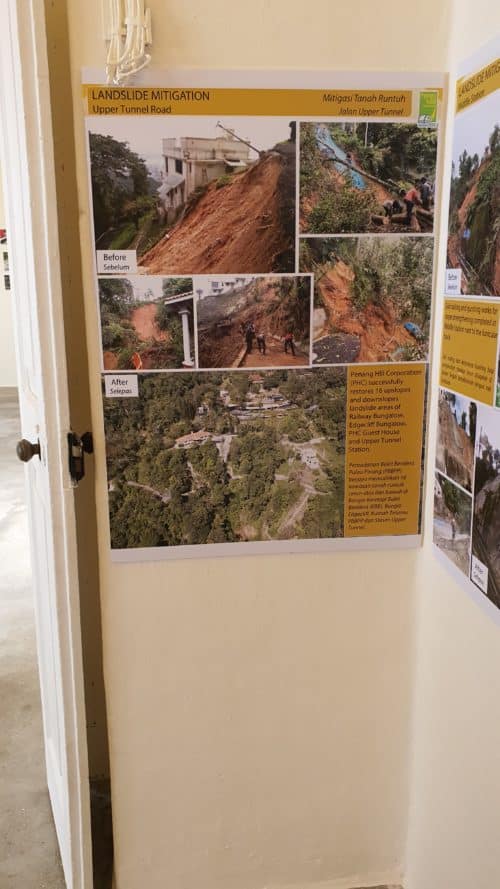
However, the tranquil hill faced a catastrophic challenge almost four years and nine months ago on Nov 4, 2017. A rainstorm of unprecedented magnitude hit the hill, resulting in over 300 landslides and transforming the landscape into what was described as a ‘war zone.’
Allen Tan, the managing director of The Habitat at Penang Hill, vividly recalled the horrifying news and images he saw on his handphone when he woke up on Nov 5, 2017, while on a short break in Hong Kong.
Tan had then just organised a two-week biodiversity expedition in Penang Hill in which 117 scientists and 75 high school students participated.
They collected and recorded data as part of a dossier for the state government for submission to UNESCO for listing as the Penang Hill Biosphere Reserve under its Man and the Biosphere (MAB) Programme.
Determined to assist in the restoration efforts, Tan returned to Penang to find a devastated landscape.
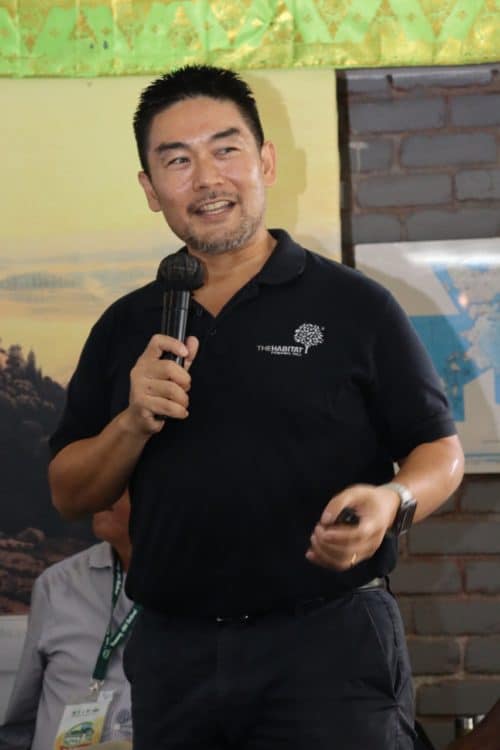
“I will never forget the experience of driving up the jeep track for the first time (when it became passable again). The mud was higher than my vehicle and I felt like it was a war zone,” Tan said during a talk session on ‘Rejuvenating Penang Hill: The Journey Continues…’
He said Bangladesh workers, business owners, residents and many other groups took part in clearing the mess, relying only on manual labour to break the boulders.
On the part of The Habitat, he said he gathered his staff members to contribute in whatever way they could to food aid.
He commended Datuk Cheok Lay Leng, the general manager of Penang Hill Corporation, for his strong leadership and his dedicated team to collaborate with other agencies and volunteers to beat the two-month deadline set by the state government to reopen the hill.
“How significant it was to reopen the hill in time for the new year.
“To me, the story of the 2017 landslide and the recovery of Penang Hill is one of human spirit, human ingenuity, and brotherhood and sisterhood that endear to this day.
“I believe that with the UNESCO recognition because of our hard work, I am sure many more accolades will come our way,” Tan concluded.
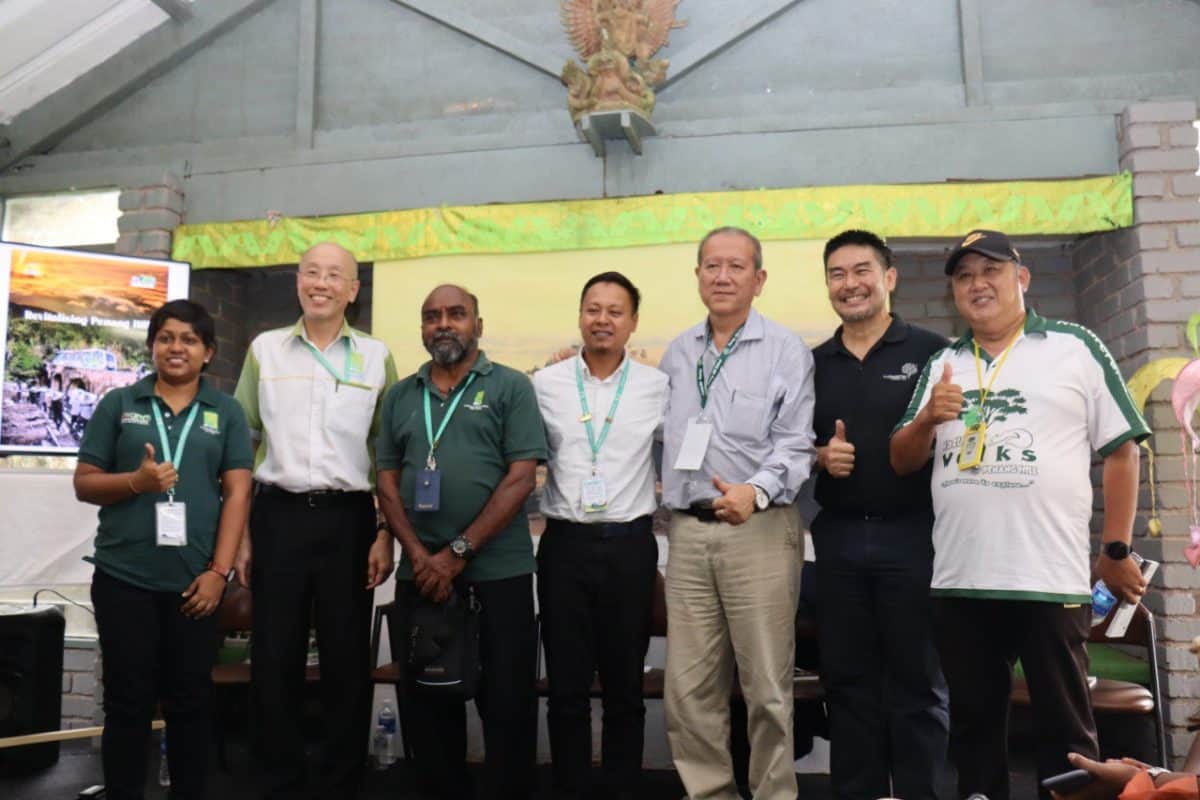
Tan was one of the five speakers sharing their experiences and the challenges faced by Penang Hill Corporation (PHC), the custodian of the hill, and their partners on what had been done to rejuvenate the hill at the talk session.
The talk, held near Bellevue Hotel on Friday, was part of the activities lined up for the three-day Penang Hill Festival 2023 which ends today.
The other speakers included Lngeshwary Bhaskaran, manager of PHC Project Planning & Development Division; Muhamad Shahrizan Sepiai, assistant manager of PHC Project Planning & Development Division; Yau Ann Nian, executive director of WEA Engineers & Associates Sdn Bhd; and K.P. Ong, founder member of Nature Walks@PenangHill. Cheok was the moderator.
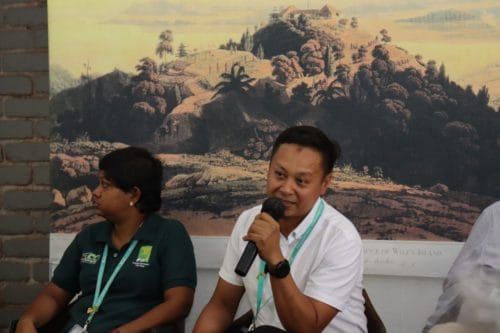
Muhamad Sharizan remembers he was watching the Malaysia Cup final between Kedah and Johor at Stadium Shah Alam in Kuala Lumpur when the rainstorm hit Penang on Nov 4, 2017.
He rushed back to Penang and sprang into action, joining the team for daily meetings and brainstorming sessions to plan and carry out the recovery work.
He mentioned that there were 17 landslides at the jeep track area, and those who helped clear the mud included personnel from the Fire and Rescue Department and Public Works Department, and hikers.
A helicopter was deployed to rescue 36 people stranded on the hill.
“As a result of the excessive rain, the soil became weak and trees started falling, some of them were over 100 years old.
“There was no access to the hill by jeep or train, as they were blocked by mud, boulders and debris. Thanks to JKR and all the other agencies, we needed to clear the jeep track so that machinery could be brought up to help in the recovery process.
“The target was to reopen the hill in two months. We believed we could do it, although many others did not believe so,” Muhamad Sharizan said.
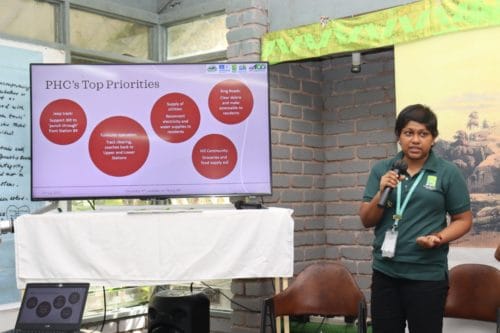
Lngeshwary emphasised the massive impact of 40 landslides in the Viaduct Road area, incurring significant recovery costs.
The team carefully assessed the damage and devised appropriate strategies for rectification.
In the face of the immense challenges, a total of 37 projects were implemented between 2017 and 2023, amounting to RM43.5 million, to restore Penang Hill.
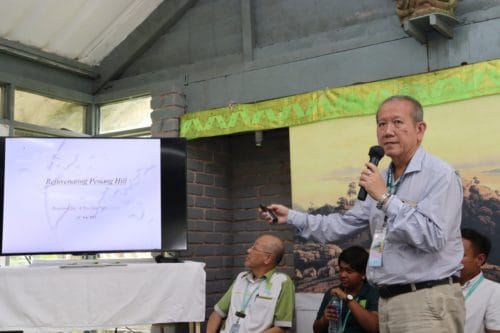
Yau, being in the engineering field, shared insights into the technical aspects, including soil investigation and slope reinforcement.
KP Ong, who launched the nature walks just a week before the Nov 4 landslides, highlighted that many hikers volunteered for the clearing works.
Coordinating with Arunasalam, the president of the Penang Hill Residents’ Association, Ong said they always prioritised safety throughout the restoration process. The hikers were picked up in the morning and dropped back in the evening by jeeps from the Bellevue Hotel.
The amount of work to be done at the Viaduct area was really a challenge and Ong managed to get the army personnel from Sungai Petani to lend a hand.
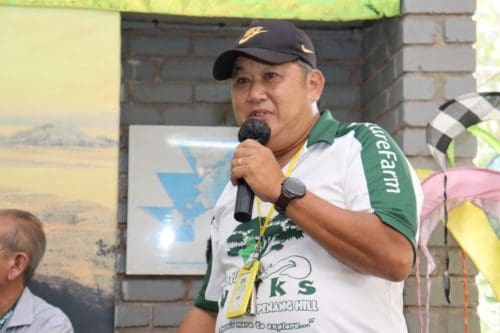
“The landslides actually allow us to work together, from PHC, MBSP, hikers to other agencies. They happened for a reason and I always remind everyone that we cannot afford to fail.
“People were looking at Penang Hill. If The Habitat fails, we fail. If PHC fails, we fail. It’s not about nature walks. It’s about everyone,” Ong said.
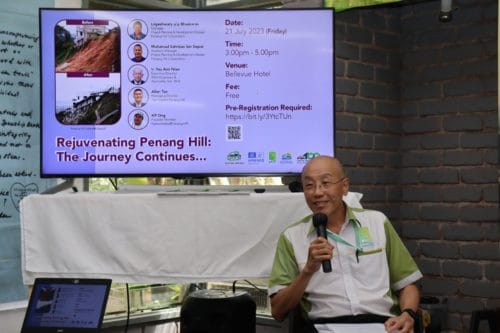
In his heartfelt summary, Cheok expressed profound gratitude to the entire community, business operators, partners, colleagues, workers, residents as well as government agencies, for their unwavering support throughout the challenging restoration process.
He also commended Tenaga Nasional and Penang Water Supply Corporation for their swift response in restoring electricity and water supplies on the hill once they had successfully ‘punched through’ the jeep track after four days of relentless effort.
“The repercussions on the livelihood of the residents, business operators and jeep service operators who relied on tourists, the farmers who faced difficulties in transporting their produce to market places, and the parents who had to accompany their schoolgoing children during the walk down the hill daily, including some of them who were taking their SPM exam, motivated us to help them as quickly as possible.
“We stayed very focused; we did not want to be distracted by any comments or opinions.
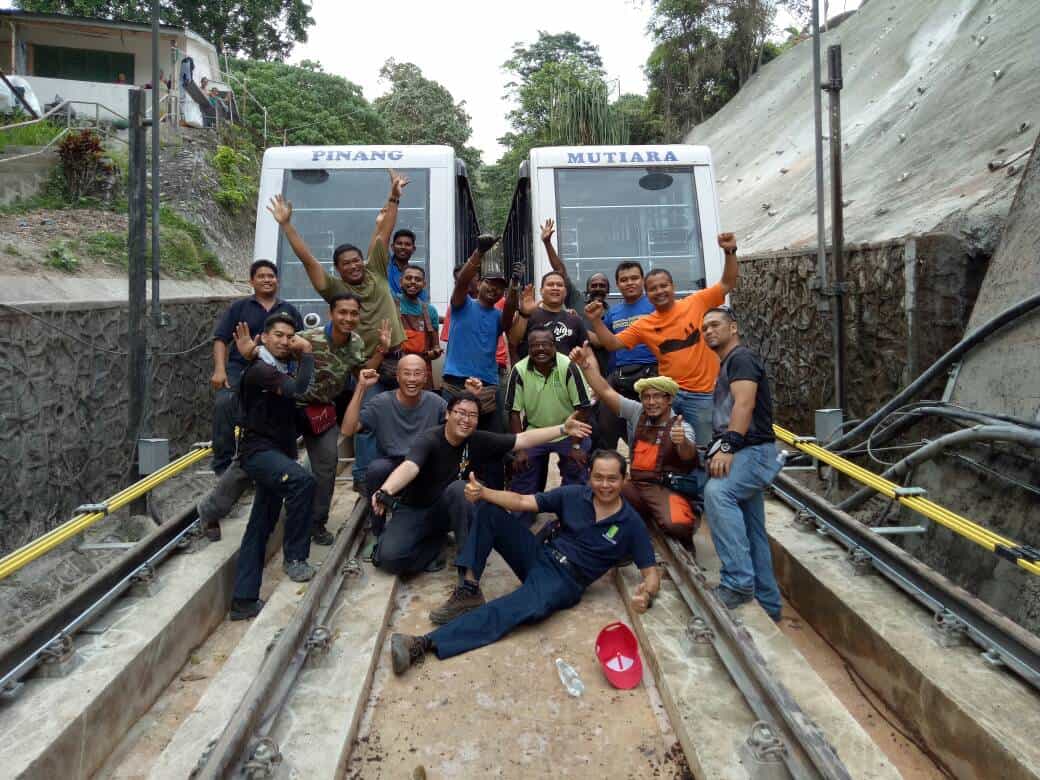
“This community spirit was just tremendous and even today, we have this special bonding. Even the Bangladesh workers, who played a crucial role in the recovery efforts, became friends.
“These dedicated individuals are our unsung heroes, the true friends of Penang Hill. To honour their exceptional commitment, special T-shirts emblazoned with the words ‘True Friends of Penang Hill’ were presented to each volunteer as a token of appreciation,” Cheok said proudly.
After all the determination, relentless work and numerous sacrifices, they achieved their goal, and on Dec 30, 2017, the funicular railway was fully operational again. The public could once again indulge in the breathtaking view of Penang Hill and enjoy the cool air.
This remarkable journey stands as a testament to the resilience of the human spirit and the power of unity. The restoration of Penang Hill serves as an enduring symbol of hope for the future and a powerful reminder of what can be achieved when a community comes together to overcome adversity.
Story by K.H. Ong and Vekenesvaran Magandran
Pix by Vekenesvaran Magandran and courtesy of Penang Hill Corporation

